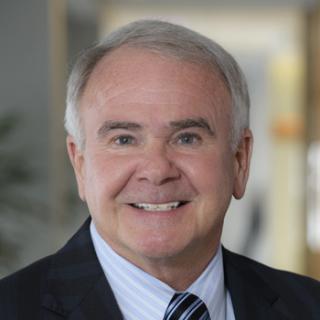Most doctors welcome telehealth, but some worry about access
The vast majority of doctors are using telehealth and see the value for patients. Some express concern about ensuring all patients can take advantage of it.
Most doctors say they are using telehealth, and they say they expect to provide remote healthcare services in the future.
Largely due to the COVID-19 pandemic, 85% of doctors say they currently use telehealth, according to a recent American Medical Association survey. Most of those surveyed (56%) said they plan to increase telehealth use in their practices.
Four out of five (80%) said telehealth is providing patients with greater access to care.
Many doctors (77%) said they are anxious about a rollback in access to telehealth services. And doctors said they are concerned about the digital divide preventing patients from using telemedicine.
- Related story: Using telehealth to improve equity and access
When the pandemic began, the federal government eased restrictions on telehealth services as part of the declaration of the Public Health Emergency. The recently approved 2022 federal budget includes a provision that will extend telehealth waivers for about five months after the government ends the public emergency. The AMA and a host of other healthcare groups are pressing Washington for permanent reforms.
Gerald Harmon, president of the American Medical Association

AMA President Gerald Harmon said patients are reaping the benefits of increased access to healthcare.
“This survey shows adoption of the technology is widespread as is the demand for continued access,” Harmon said in a statement. “It is critical that Congress takes action and makes permanent telehealth access for Medicare patients.”
Almost all patients (95%) are receiving telehealth services from their home. The AMA and others are pushing for the government to continue allowing patients to get telemedicine in their own home, as opposed to having to travel to a healthcare facility as some had to do before the pandemic.
About three-quarters (76%) of respondents said they are concerned about a lack of insurance coverage for telehealth services. More than half (54%) are concerned about technology challenges for the patient population.
Most doctors (93%) are using live video in telehealth visits, while 69% are using audio-only consultations on the phone.
Doctors said the limited access to technology is the biggest access in providing telehealth. A recent federal report also warned about disparities in access to telehealth among those in minority groups and those with lower incomes. Black, Latino and Asian patients were using video telehealth services less frequently than white patients.
The other leading barriers to telemedicine are a lack of digital literacy and insufficient broadband access in some regions.
Some doctors surveyed stressed the importance of providing payment coverage for audio-only telehealth services, since some patients lack access to technology.
Doctors are encountering some of their own hurdles in telemedicine.
Less than half of the physicians surveyed (45%) said they could access their telehealth platforms from their electronic health records. More than three-quarters (76%) of the participants said support technology does not automatically transmit patient data.
A slight majority of doctors (54%) said telehealth has increased their professional satisfaction. However, more doctors (62%) agreed that offering telehealth services has improved patient satisfaction. Most doctors (63%) said telehealth services are supplementing in-person care.
Less than half of those surveyed (44%) say telemedicine has reduced the cost of healthcare.
Telehealth usage exploded as a result of the arrival of COVID-19. In the early stages of the pandemic, many patients had no other option but seeing doctors remotely. In 2020, telehealth use among Medicare recipients soared 63-fold, according to a federal report.
The AMA gathered responses from 2,232 doctors for their survey, which was conducted from Nov. 1 through Dec. 31, 2021.
Telehealth faces a looming deadline in Washington | Healthy Bottom Line podcast
February 12th 2025Once again, the clock is ticking on waivers for telemedicine and hospital-at-home programs. Kyle Zebley of the American Telemedicine Association talks about the push on Congress and the White House.
Why Sutter Health and SCAN Group are teaming on Medicare Advantage
April 14th 2025They have formed a partnership to offer more products and are looking to create a joint MA plan. We talked with leaders from Sutter and SCAN about the collaboration and why they say it can lead to better care for seniors.